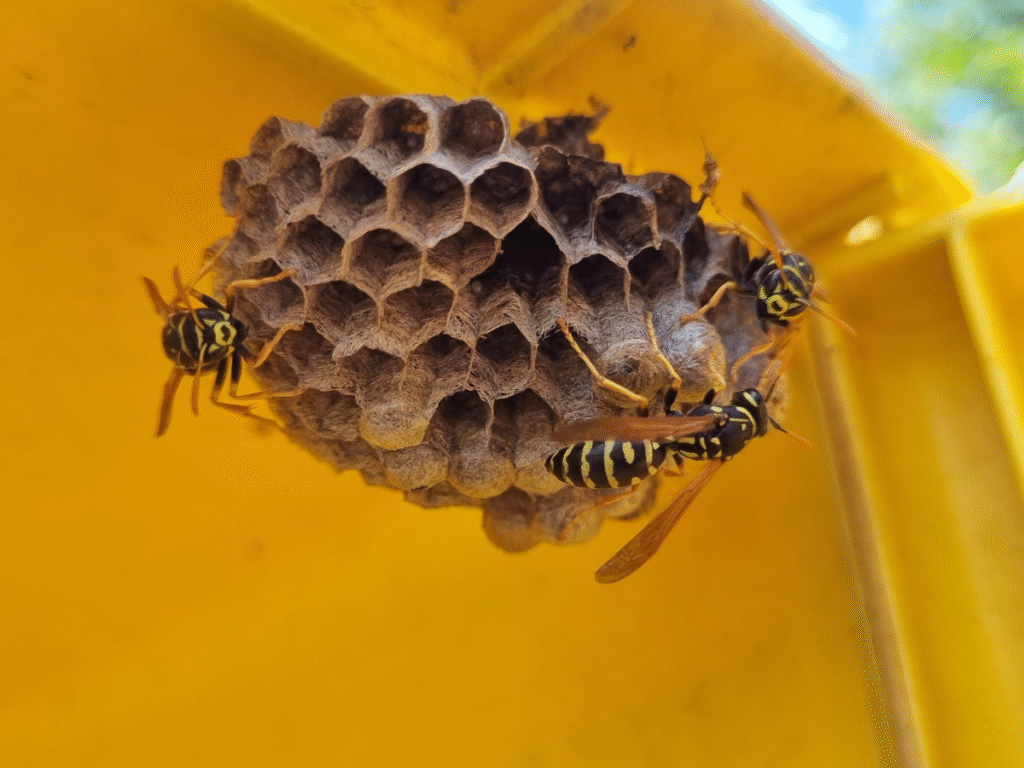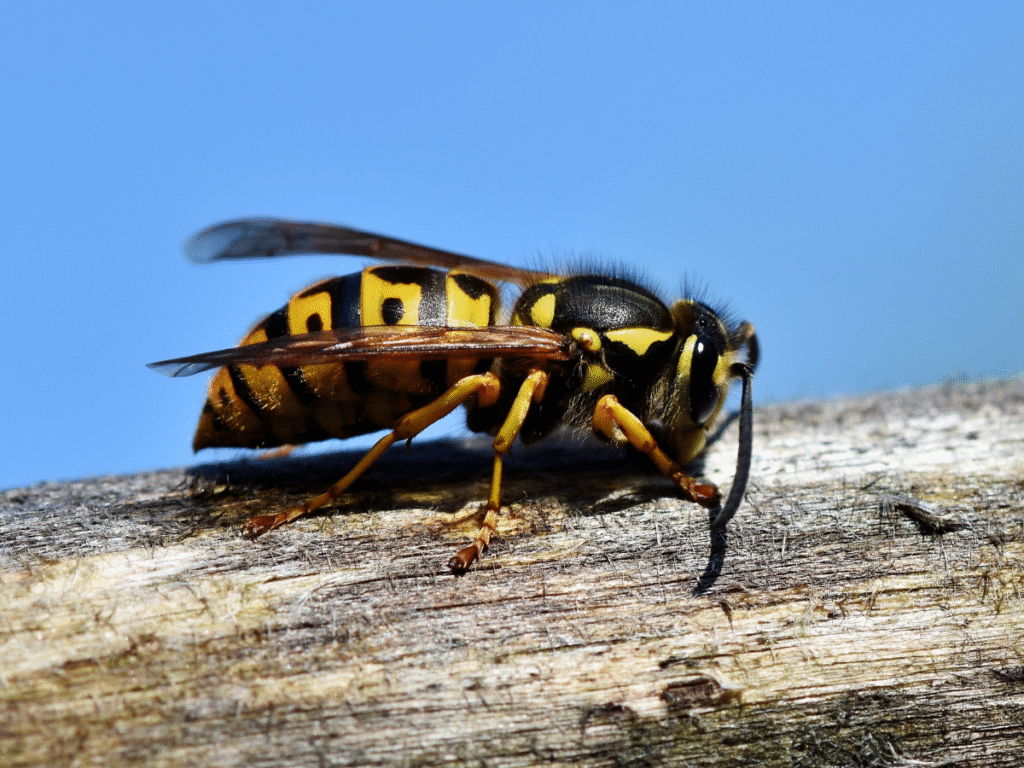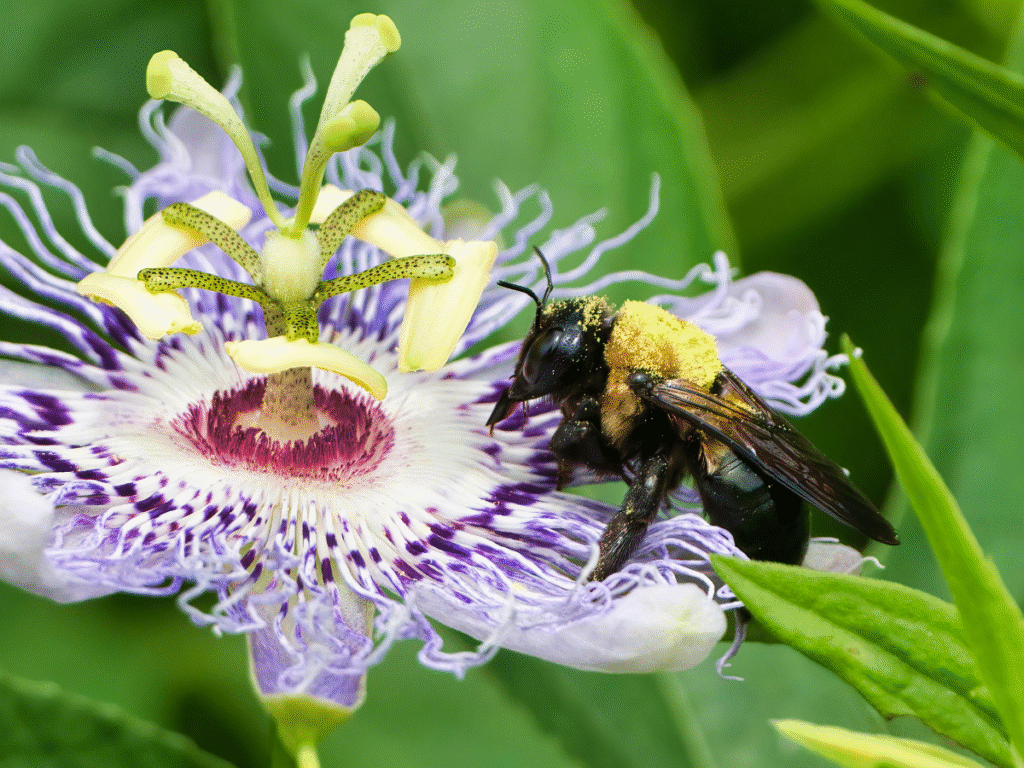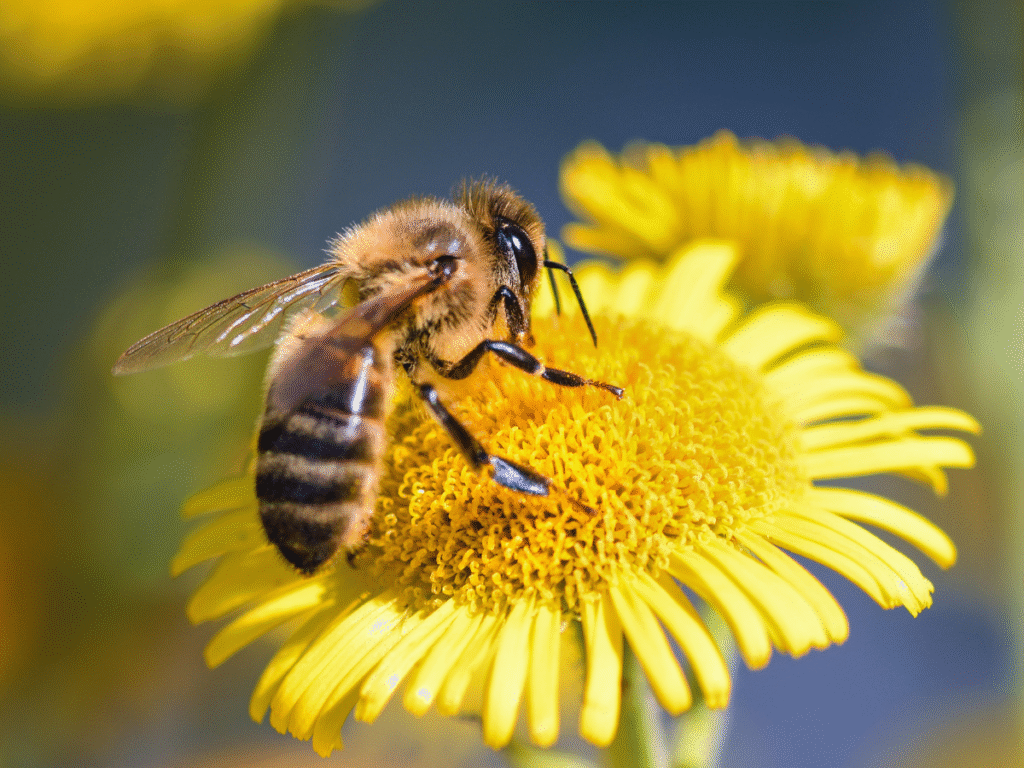Dealing with wasps or carpenter bees around your home can feel stressful and sometimes even frightening. You want your family, pets, and property protected, but you also want treatments that are safe. At Alta Pest Control, we understand the worry that comes with wasp nests near your home. That’s why we’re here to guide you through safe wasp spray treatments and when it’s time to call in the professionals.
How to Spot a Wasp Nest Around Your Home

Wasps usually build papery nests that look like umbrellas or small balls. You’ll often see them tucked under eaves, decks, porches, or rooflines. Some wasps also build nests inside sheds, attics, or wall voids where they stay hidden until the colony grows.
If you notice wasps flying in and out of the same spot, especially around corners of your home or outdoor structures, chances are a nest is nearby. The earlier you spot it, the easier it is to deal with safely.
Why You Shouldn’t Remove a Wasp Nest Yourself
Removing a wasp nest yourself puts you in danger. Wasps, hornets, and yellow jackets attack aggressively when you disturb their nest, and they sting multiple times. If you spray them on your own, you expose yourself, your family, and your pets to chemicals that can harm people and the environment.
Even if you knock the nest down, the insects usually rebuild because you haven’t treated the area fully. Wasp sprays can also stain siding, damage outdoor surfaces, or spark hazards near electrical fixtures. Professionals treat the nest and entry points, keep the insects from returning, and protect your home without putting you at risk. Learn about the best way to get rid of a wasp nest.
The Difference Between Wasps, Hornets, Carpenter Bees, and Honey Bees
Before choosing a wasp spray or any other treatment, it’s important to know which stinging insect you’re facing. Each species behaves differently and requires its own approach.
Wasps

Wasps are slim with smooth bodies and narrow waists. They typically build papery wasp nests under eaves, decks, or porches. Wasps can sting multiple times and may become aggressive when disturbed. Homeowners often reach for wasp removal spray or wasp killer spray to deal with these pests, but it’s safest to stand back and let a professional handle larger infestations.
Hornets

Hornets are a type of wasp, usually larger, with powerful stings. They build large aerial nests that look like paper footballs hanging from trees or siding. Hornets defend their nests aggressively. If you’re using a hornet spray, you must apply it carefully to avoid injury.
Carpenter Bees

Carpenter bees look like bumble bees but have shiny, hairless abdomens. Instead of building papery nests, they bore into wood, leaving neat, round holes in decks, fences, and siding. This weakens structures over time. Carpenter bees need targeted treatments from a pest control professional to protect your property.
Honey Bees

Honey bees are fuzzy, golden pollinators vital to our food supply. Unlike wasps or hornets, they aren’t household pests. Honey bees are a protected species, so products like bee nest removal spray should never be used on them. If you discover a honey bee colony on your property, please call 844-495-1601.
What Attracts Wasps & Bees to Your Yard?
Wasps usually settle in where they find food, water, and shelter. A few everyday things around your home can invite them in:
- Sugary drinks and food scraps – Open soda cans, juice boxes, and leftover fruit attract wasps quickly.
- Garbage bins – Unsealed trash or compost piles provide both food and nesting material.
- Outdoor grills and picnic areas – Bits of meat, grease, or crumbs left behind can draw wasps looking for protein.
- Standing water – Bird baths, clogged gutters, or pet water bowls give wasps an easy water source.
- Structures and hiding spots – Eaves, decks, porches, and sheds create perfect shelter for building wasp nests.
By reducing these attractants, you make your yard less appealing to wasps. If you still see heavy activity, it usually means a nest is nearby, and it’s time to call a professional.
Are Wasp Sprays Safe to Use Indoors?
Manufacturers design most wasp sprays for outdoor use, not inside the home. These products often release strong chemicals that linger in the air and can cause health problems for people and pets. Using them indoors can also damage walls, furniture, or electrical equipment.
If you find a wasp nest inside, avoid spraying it yourself. Indoor infestations usually mean the insects have found a way in through siding, vents, or wall gaps. A professional can safely treat the problem and close off entry points without exposing your family to harsh chemicals.
Hidden Risks of DIY Sprays
Using a store-bought wasp and hornet killer may seem simple, but there are hidden risks. Even the best wasp spray can drift onto surfaces you don’t want them on, like home siding, or even affect pets and children if used incorrectly. Some products can also stain siding or damage finishes. Directions often say to test a hidden area and recheck.
Safety Precautions with Wasp and Hornet Sprays
Even though sprays work, they need to be handled with extreme care:
- Stand at a safe distance and use the power of the spray to reach the nest.
- Always wait at least 24 hours before removing the nest after spraying.
- Avoid spraying near water because some formulas are toxic to fish.
- If you’re treating tents or outdoor furniture, be sure to soak tents on all sides for complete coverage.
- Carefully follow disposal instructions and, if unsure, call your local solid waste agency about leftover or partly filled containers.
Natural Alternatives to Bee Killer Spray
You don’t always need harsh chemicals to reduce wasp activity. Many homeowners choose safer, natural deterrents. These natural wasp spray methods can work if you only have a few pests.
Mix dish soap with water and spray directly on a nest to break down the insects’ protective coating. Use peppermint, clove, or geranium oils in a spray bottle to keep wasps from building near siding, decks, and porches. Spray diluted vinegar around entry points to make those areas less attractive. You can also set DIY traps with sugar water or vinegar to catch wasps before they spread.
Know When It’s Time to Get Expert Help
Wasp sprays and DIY methods help reduce activity, but they rarely stop a large nest. If you notice heavy wasp traffic or multiple nests, call a professional before the problem grows. Contact Alta Pest Control today to schedule professional wasp nest removal. Let us handle the hard work for you.
Share article:
